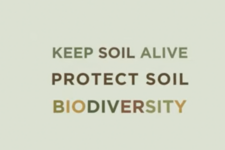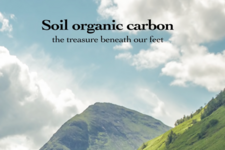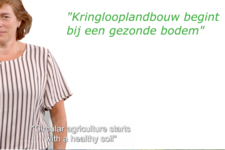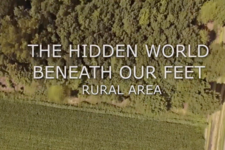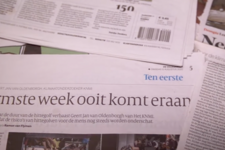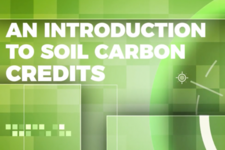Other SOIL videos
Keep soil alive, protect soil biodiversity
The animation gives a brief introduction on the main drivers, the key functions and challenges of soil biodiversity loss, indicating possible ways to enhance soil biodiversity as a nature-based solution.
Soil Organic Carbon
An animated illustration of soil organic carbon and its importance for climate action, food production and sustainable development
Why is sustainable use of our soil so important?
The IPCC (Intergovernmental Panel on Climate Change) recently give a very important warning. If we don’t treat our soil sustainably, the soil will lose its capability to sustain ecosystems. And we will no longer be able to support the world’s population by 2050. There was also another important message: If we do start treating our soil sustainably the soil can be a major part of the solution of our problems. How? Saskia Visser, Programme manager Circular and climate-neutral society explains it in this film.
The hidden world beneath our feet - Urban areas
Our lives take place above ground. We walk, live and work on the earth. We usually have no idea what is hidden underneath our feet. To make important decisions above ground, we need to know what's below. Soil information and maps are essential for those who build, dig or grow crops.
The hidden world beneath our feet - Rural areas
Our lives take place above ground. We walk, live and work on the earth. We usually have no idea what is hidden underneath our feet. To make important decisions above ground, we need to know what's below. Soil information and maps are essential for those who build, dig or grow crops.
The hidden world beneath our feet - Natural areas
Our lives take place above ground. We walk, live and work on the earth. We usually have no idea what is hidden underneath our feet. To make important decisions above ground, we need to know what's below. Soil information and maps are essential for those who build, dig or grow crops.
An introduction to soil Carbon credits
In the framework of the EJP Soil Programme, CREA together with Teagasc produced an informative video to introduce a general audience as well as stakeholders, policymakers, researchers and farmers to the complex concepts of Carbon farming, Carbon accounting and Carbon credits by providing answers to these 4 Frequently Asked Questions: What is Carbon farming? What is soil Carbon accounting? What is a Carbon credit? Are Carbon credits effective against climate change?
